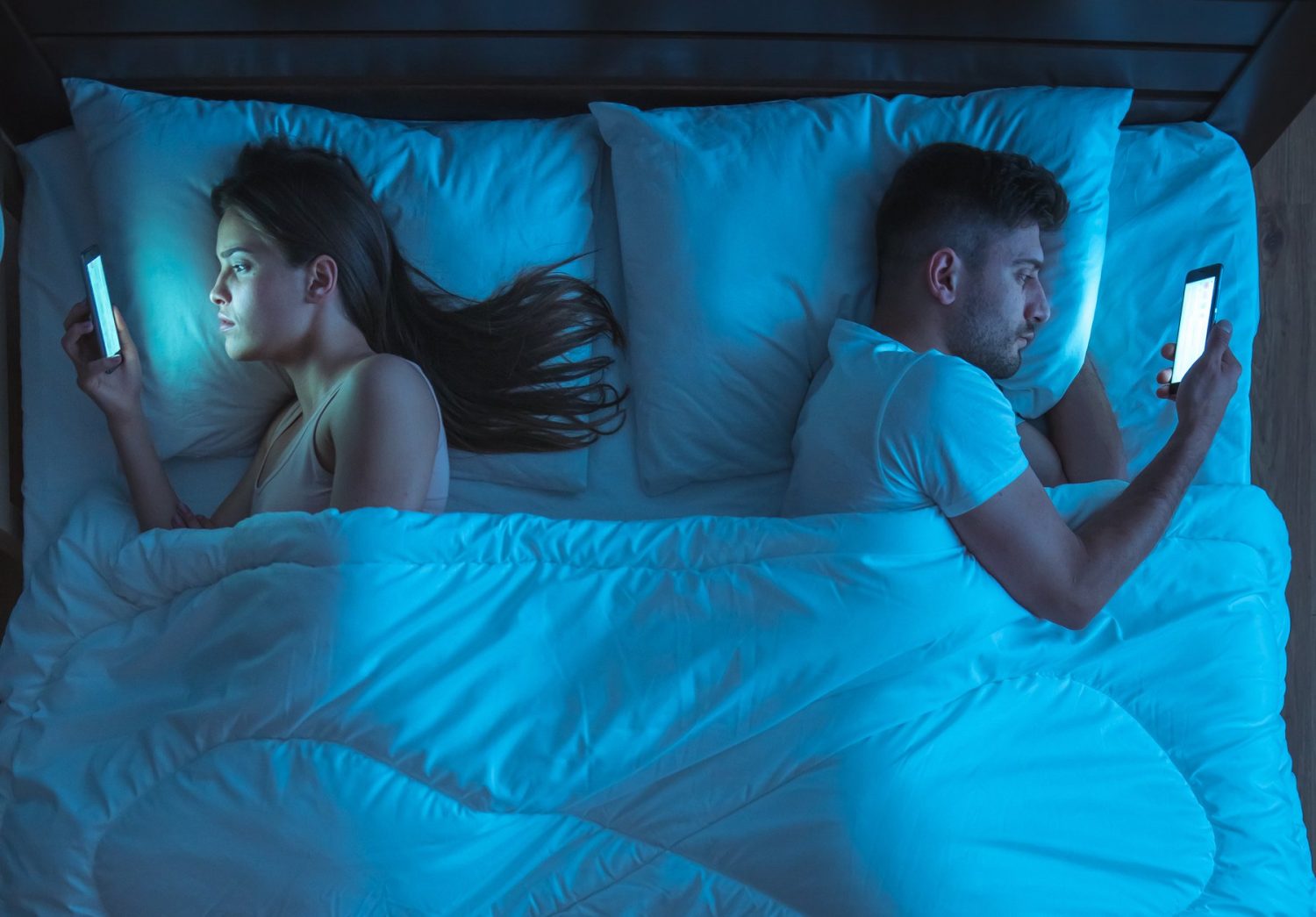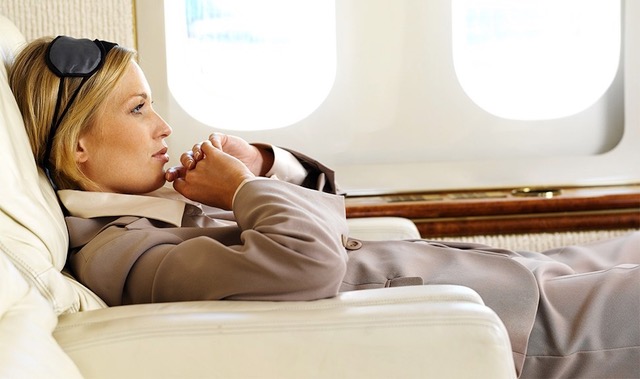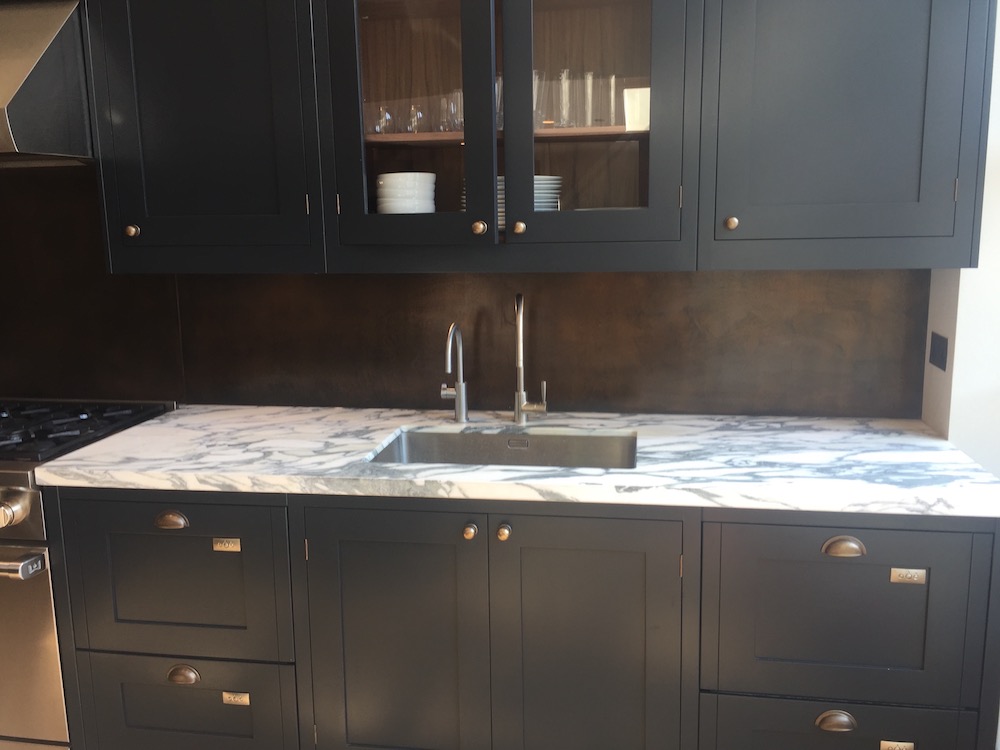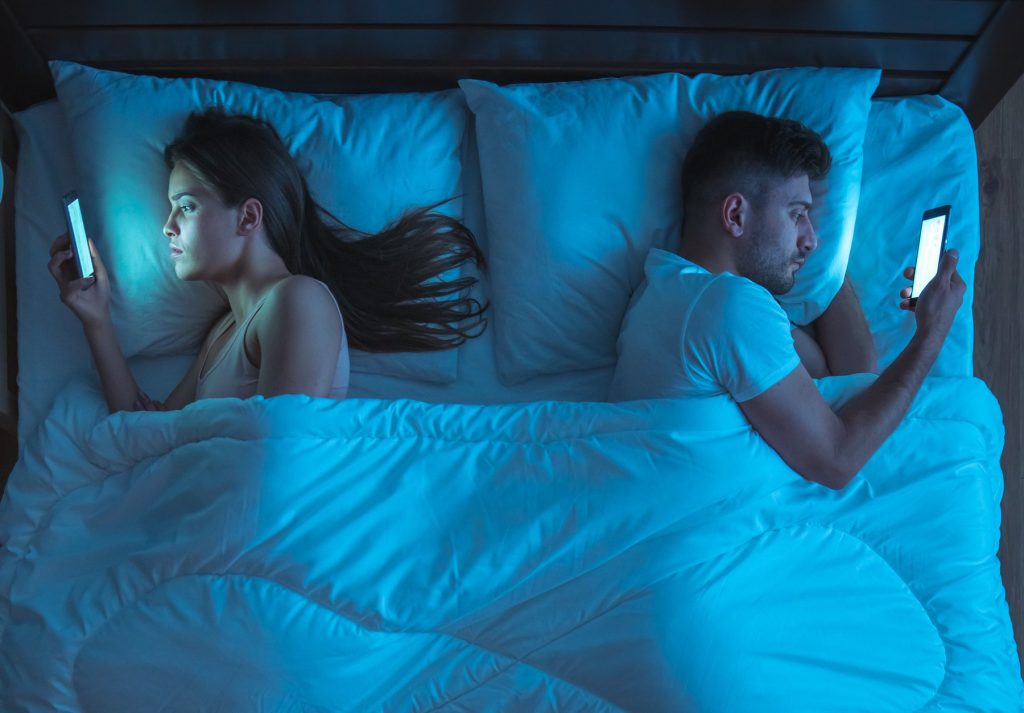
New Years Resolution: Don’t Lose Sleep Over Blue Light
When “Always On” Means “Never Off”
Your smartphone might be the thing keeping you up at night…and we’re not just talking about those 30 minutes you spend falling down the Instagram rabbit hole.
A startling 90 percent of adults sleep with their phone next to their bed. Half of Americans say that if they wake up in the middle of the night, they check their phone. And wouldn’t we all love to know the number of children staying up late, staring at their iPads (moms, back us up on this one).
But staring at your phone at the end of a long day might be the worst thing you do all day. Because according to Michael Young, who won the Nobel Prize for his work on the circadian rhythm, the type of light emitted by your devices is the worst wavelength you can be exposed to before bed.
Why? The blue light emitted from your smartphone or other device can suppress melatonin production, making it more difficult for you to fall asleep, and in turn messing with your circadian rhythm. In fact, staring at an iPad before bed decreases melatonin – the hormone that impacts sleep/wake cycles – by 50 percent. Blue light can also reduce restorative REM sleep, which is when your brain consolidates memories and when most of your dreams occur (not counting any daydreaming during the 3 p.m. budget meeting). Add a dimly lit room to the equation and the figures are worse.
But the good news is, there are ways to protect yourself – and your sleep – from blue light. EyeJust is an affordable, easy-to-apply screen protector that decreases blue light by 50 percent at the source, without changing the look or color of the screen. It was even tested by the Department of Ophthalmology at UC Irvine and passed with flying colors. You can order yours today to stay protected while connected – and get a better night sleep! And isn’t that a sweet dream?
Note: This blog post was originally published on the EyeJust website.



